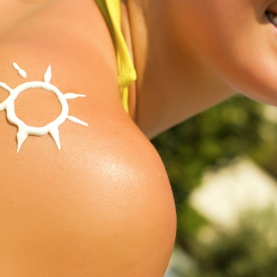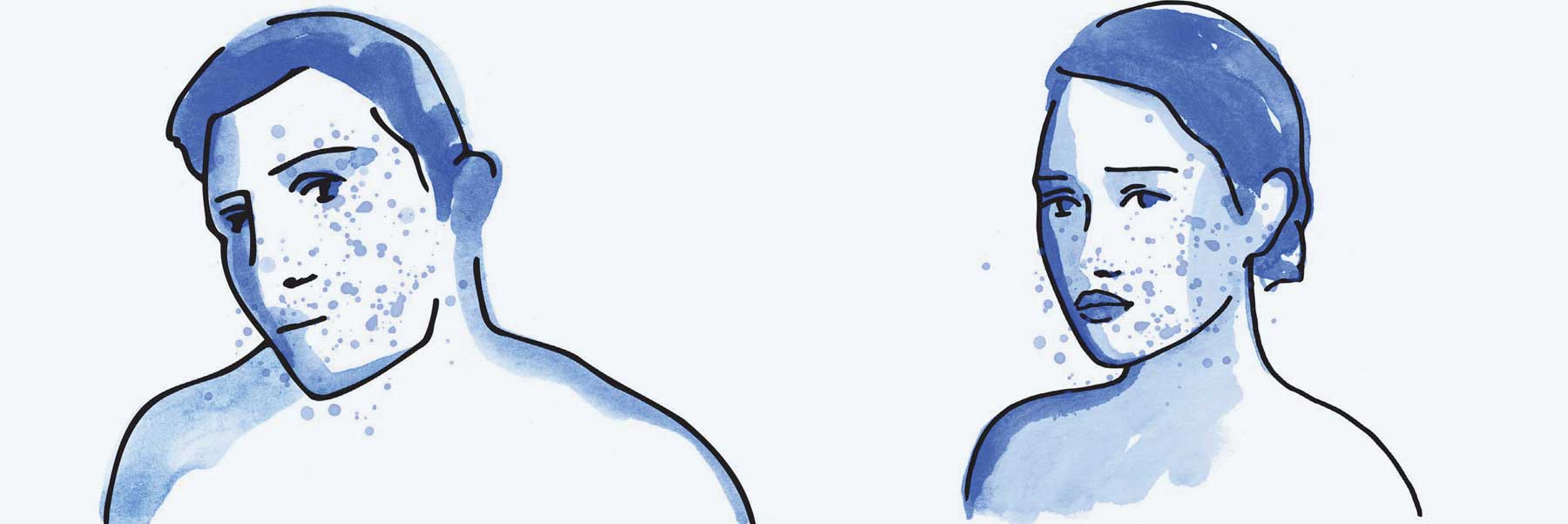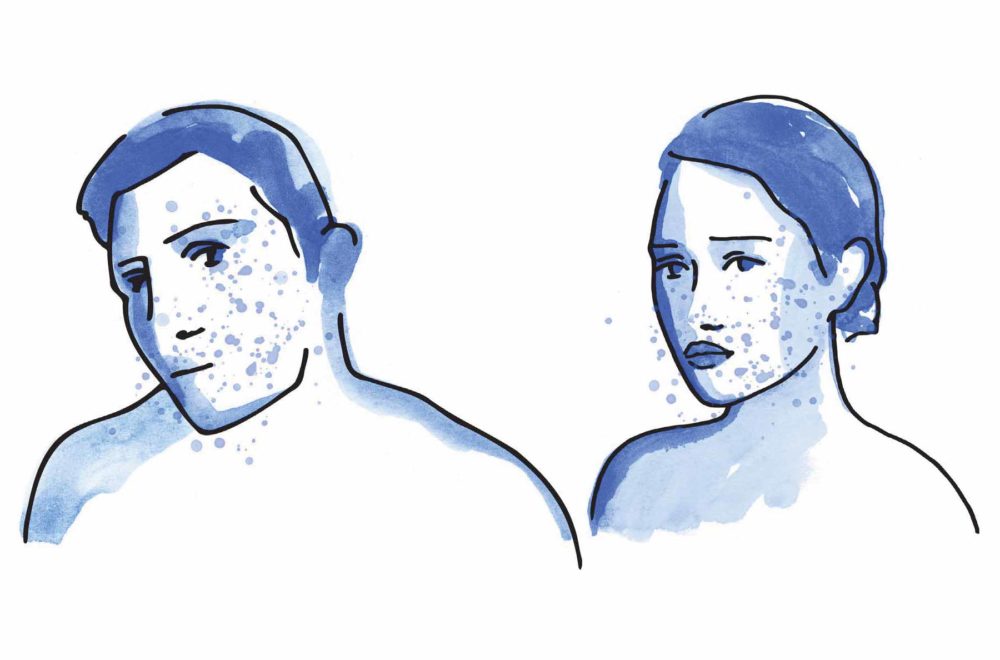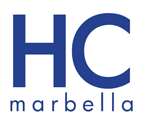


Scars are basically be divided into two types: those that have a dermal substance defect, atrophic scars, and those that have dermal overgrowth, hypertrophic or keloid (when of a higher degree) scars. In both cases, the main problem lies in the quantity and quality of levels of elastin and collagen in the dermis. Scar treatment is therefore aimed at improving the quality of the damaged dermis.
They can be classified as rolling, ice pick or boxcar scars. Each type of scar will have its best method of treatment.
The main methods of treatment include surgical procedures, cryotherapy, intralesional drug injection, platelet-rich plasma, chemical peels, fractional ablative and non-ablative laser and light-based devices.
The main treatments are cryotherapy, intralesional drug injection and the use of light-based devices in the early phases. In later phases we use fractional ablative and non-ablative lasers alone, or as part of laser-assisted drug delivery.
Atrophic or depressed acne scars often have underlying fibrous bands which act like an anchor, pulling down the skin surface causing a sunken appearance. Subcision is a simple procedure in which a spear-shaped needle is inserted, through a small puncture, under the acne scar breaking up the fibrous bands which pull the skin downwards, allowing the skin surface to rise. We almost always perform subcision as the first step in rolling scars.
If very deep ice pick or boxcar scars cannot be distended, it may be necessary to excise them in addition to subcision.
We have light-based devices which are very useful for the treatment of hypertrophic vascular and erythematous acne scarring. We also provide the latest laser technology to stimulate collagen production using fractional ablative and non-ablative lasers.
The latter impact directly on the dermis, without affecting the skin’s surface. They therefore encourage collagen neoformation without destroying the epidermis and without scar formation.
The therapeutic approach depends on the type of scarring, its severity, how extensive it is, as well as patient preference. Generally, there is not one single treatment to improve all existing types. To obtain the best results, it is normal to combine different treatment methods, providing more effective treatment at a lower cost.
Home » Specialties of HC Marbella » Dermatología » Cicatrices de acné
Dr. Frieyro Elícegui, Marta
Specialist in Dermatology and Venereology
Dr. Del Boz, Javier
Specialist in Dermatology and Venereology
Dr. Segura Palacios, Juan Manuel
Specialist in Dermatology and Venereology
Online appointment and download of test results through My HC.
Tel.: +34 952 908 628
952908898 Oncology
951829978 Diagnosis by imaging
951829947 Gynecology
952908897 Fertility
951829947 Physiotherapy



